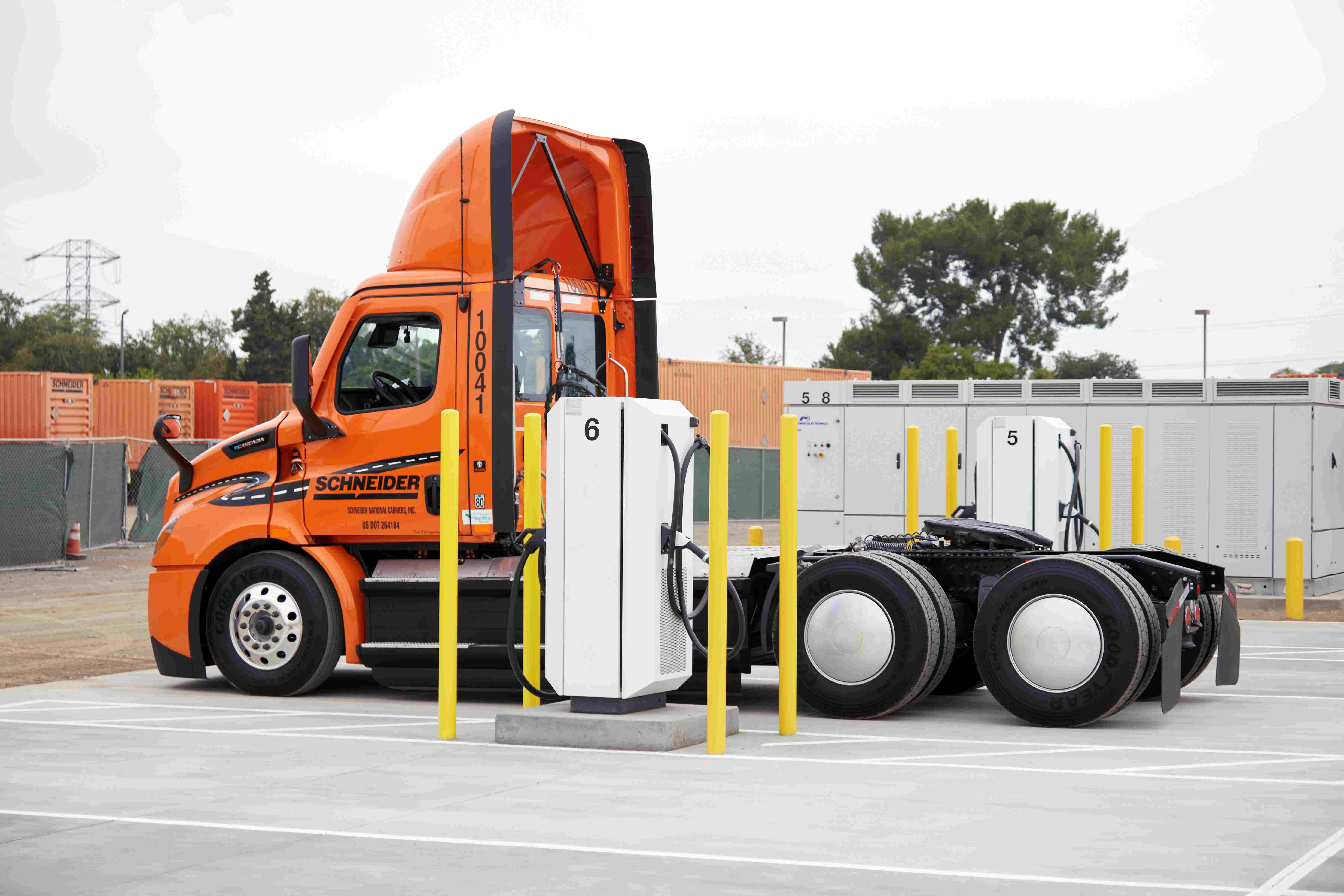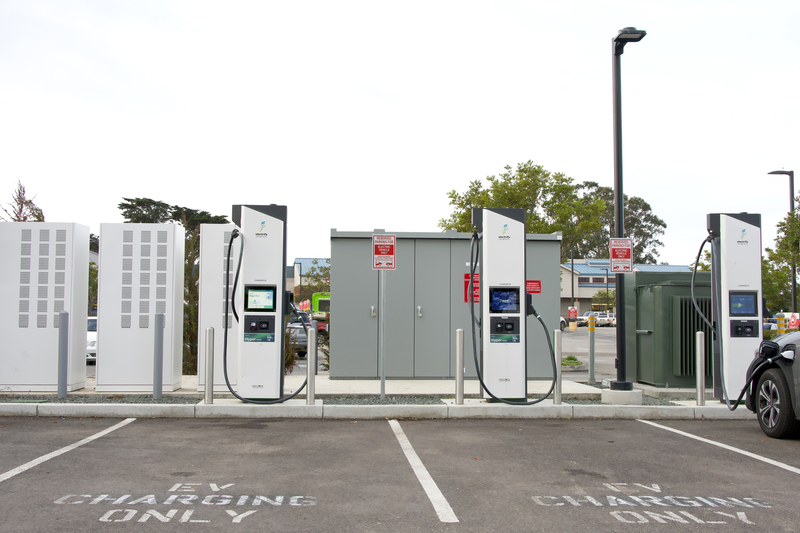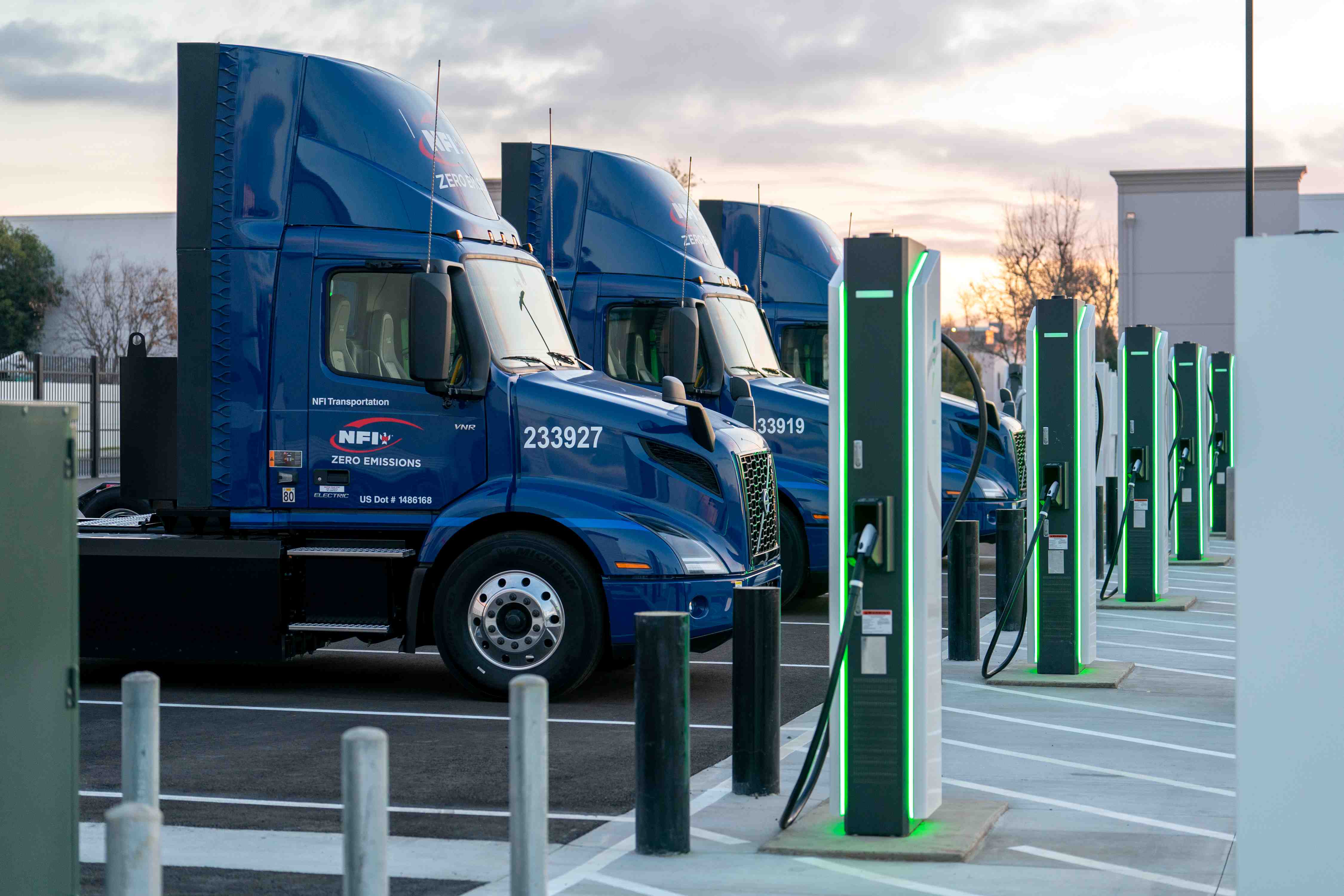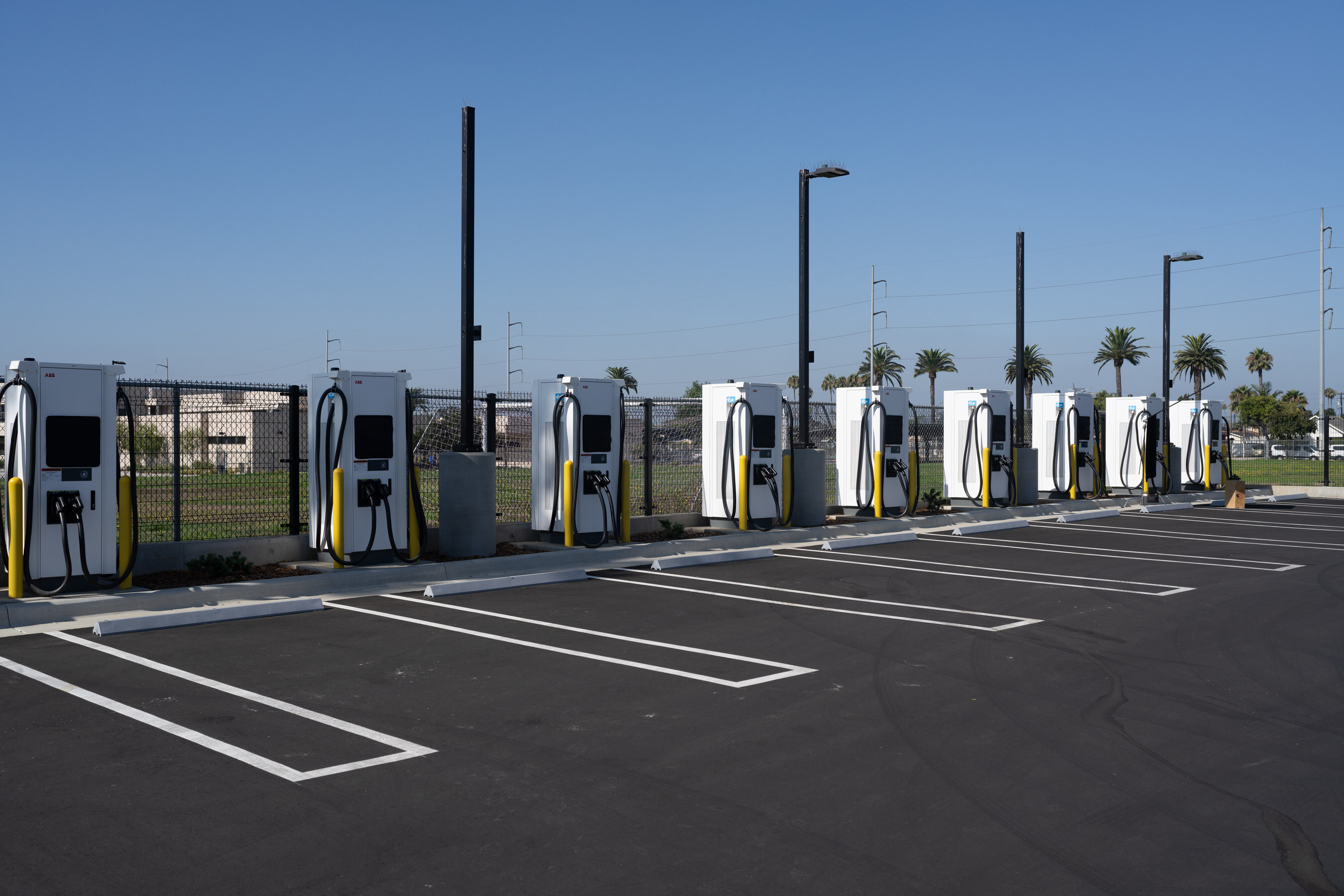
An industry leader in heavy-duty freight electrification, WattEV has been awarded two separate grants: one for a solar-powered truck charging depot across Interstate 5 from the airfreight hub adjacent to Sacramento International Airport, and another for a grid-connected charging depot along Interstate 5 in Salem, Ore.
The company has secured a US$34m federal grant through the California Transportation Commission to build and operate what will become the nation's largest electric charging depot on more than 100 acres of land immediately south of Sacramento International Airport (SMF) on Interstate 5.
The SMF project is expected to open in mid- to late-2025 with 15.6 MW of solar power supplemented by 7.2 MW of grid power supplied by the Sacramento Municipal Utility District. The depot will have 30 DC fast chargers for passenger vehicles, 90 high-power CCS-1 cords for medium- and heavy-duty commercial electric vehicles, and 18 megawatt cords for pass-through charging of HD trucks using the upcoming megawatt charging standard (MCS).
The US$6.5m from the Oregon Department of Environmental Quality is to build a six-acre EV charging depot. The Salem, Ore., site will be grid-connected in cooperation with Portland General Electric.
Planning for the Salem electric truck stop includes 30 CCS 240 KW chargers and six MCS 1200 KW chargers. It's expected to open in 2025 as well.
"These grant awards will allow us to meet our plans to expand our network of electric-truck charging depots from the Mexican border to Portland, Oregon, via Interstate 5, on what government planners and industry stakeholders are calling the 'electric highway,'" explained WattEV co-founder and CEO Salim Youssefzadeh.
The grant for the SMF project comes from the U.S. Department of Transportation's trade corridor enhancement program, which distributes funding through state transportation agencies.
"We're building out the West Coast corridor while also reaching eastward along the I-10 toward Arizona and Texas and, eventually, to the East Coast," Youssefzadeh said. "To expand the WattEV network, we'll match our grants with private capital to fund this massive infrastructure buildout."
WattEV selects the locations of its charging depots based on analysis of freight routes, range of electric trucks and energy supply.
"We picked our site in Sacramento because of its strategic location next to the Metro Air Park Logistics Center, where more than 10-million square-feet of warehouse space is planned," said Youssefzadeh, "and its close proximity to downtown Sacramento – just 10 minutes away."
Sacramento County and surrounding areas contain one of the largest concentrations of California's goods distribution centres, serving many of the largest shippers in the country.
The SMF depot will initially serve as a charging hub for local and regional distribution centers, and later as a depot serving the north-south freight corridor stretching from WattEV's newly opened charging depot in the Port of Long Beach, connecting to Oregon and Washington state.












